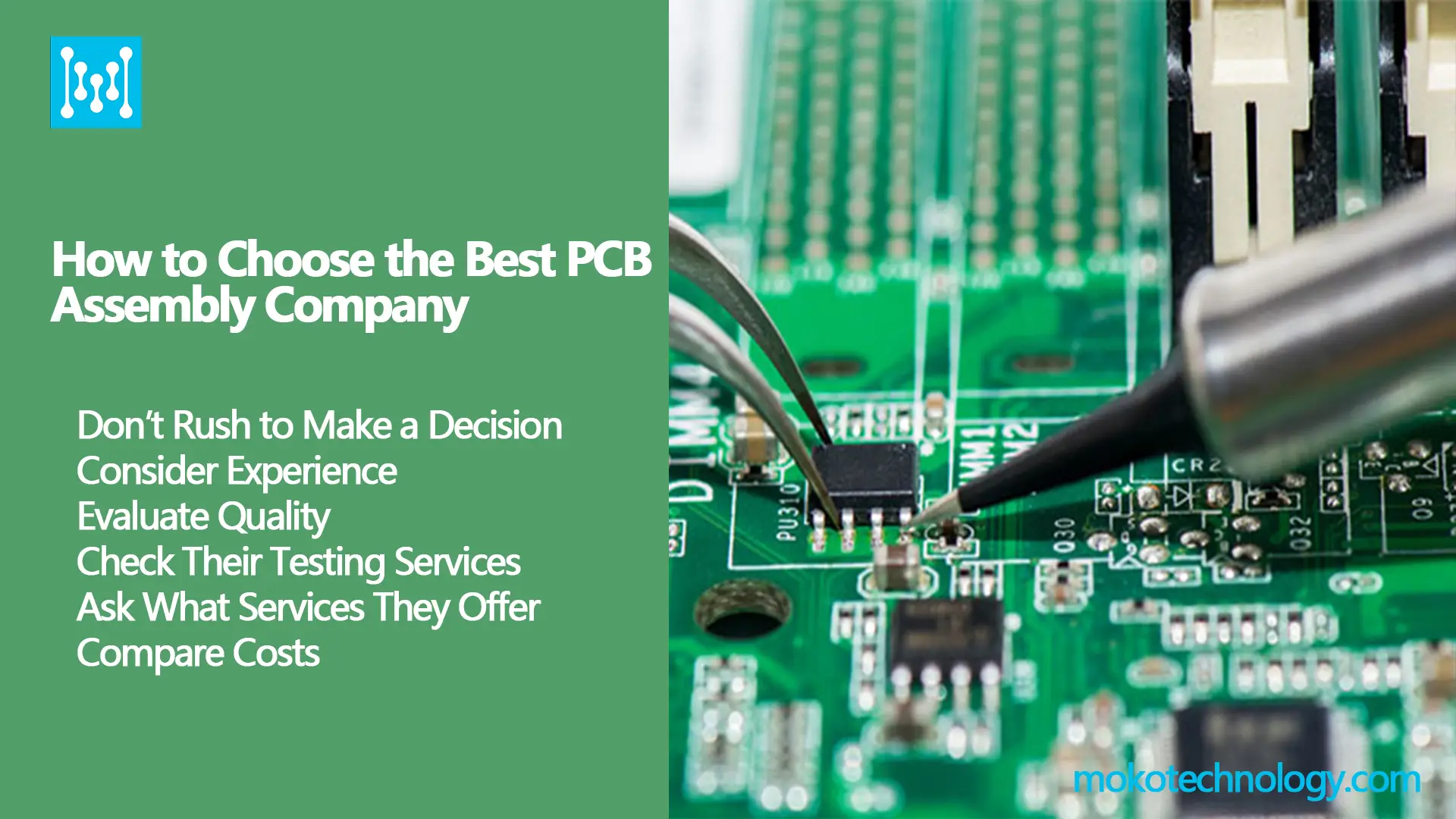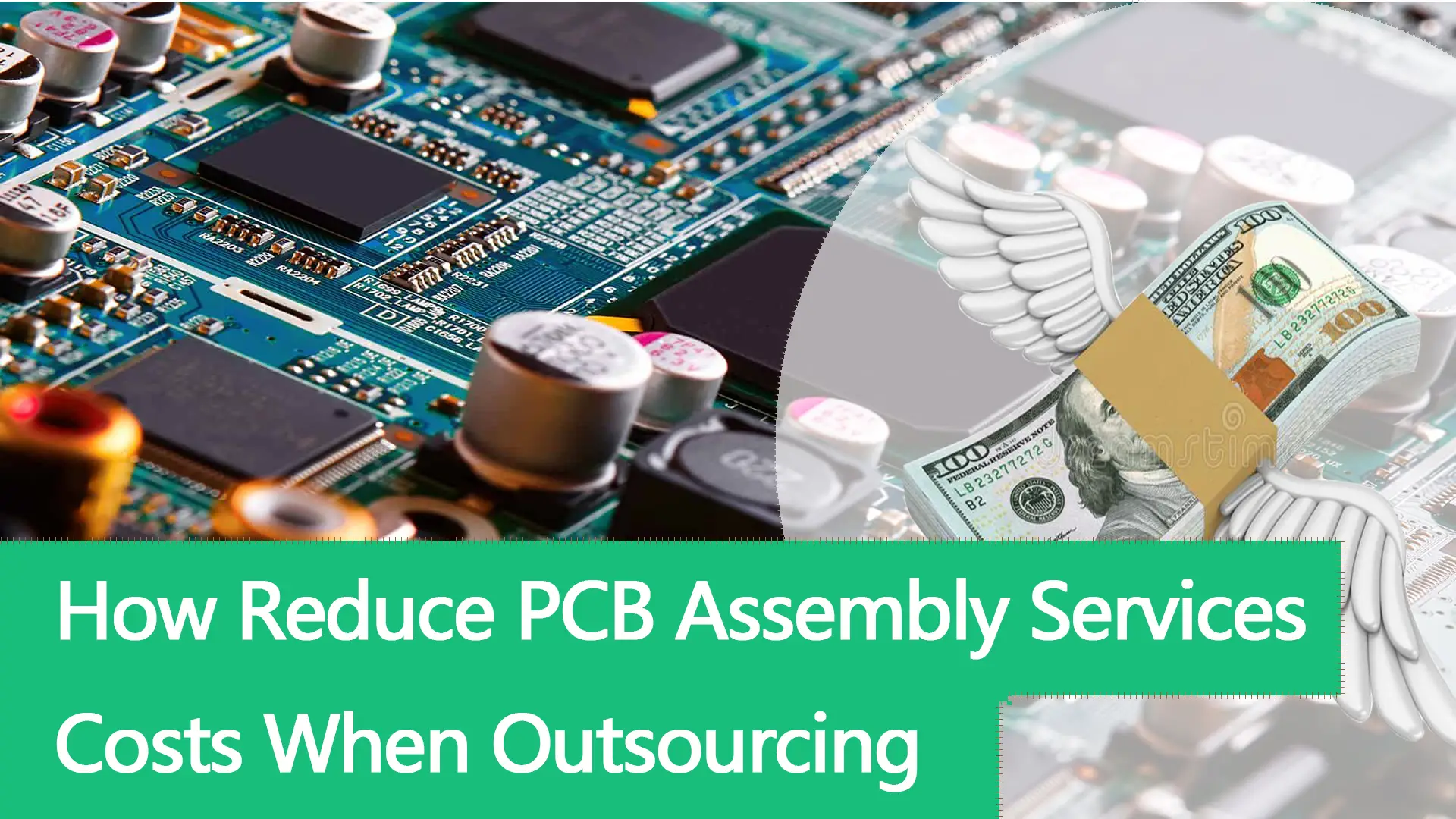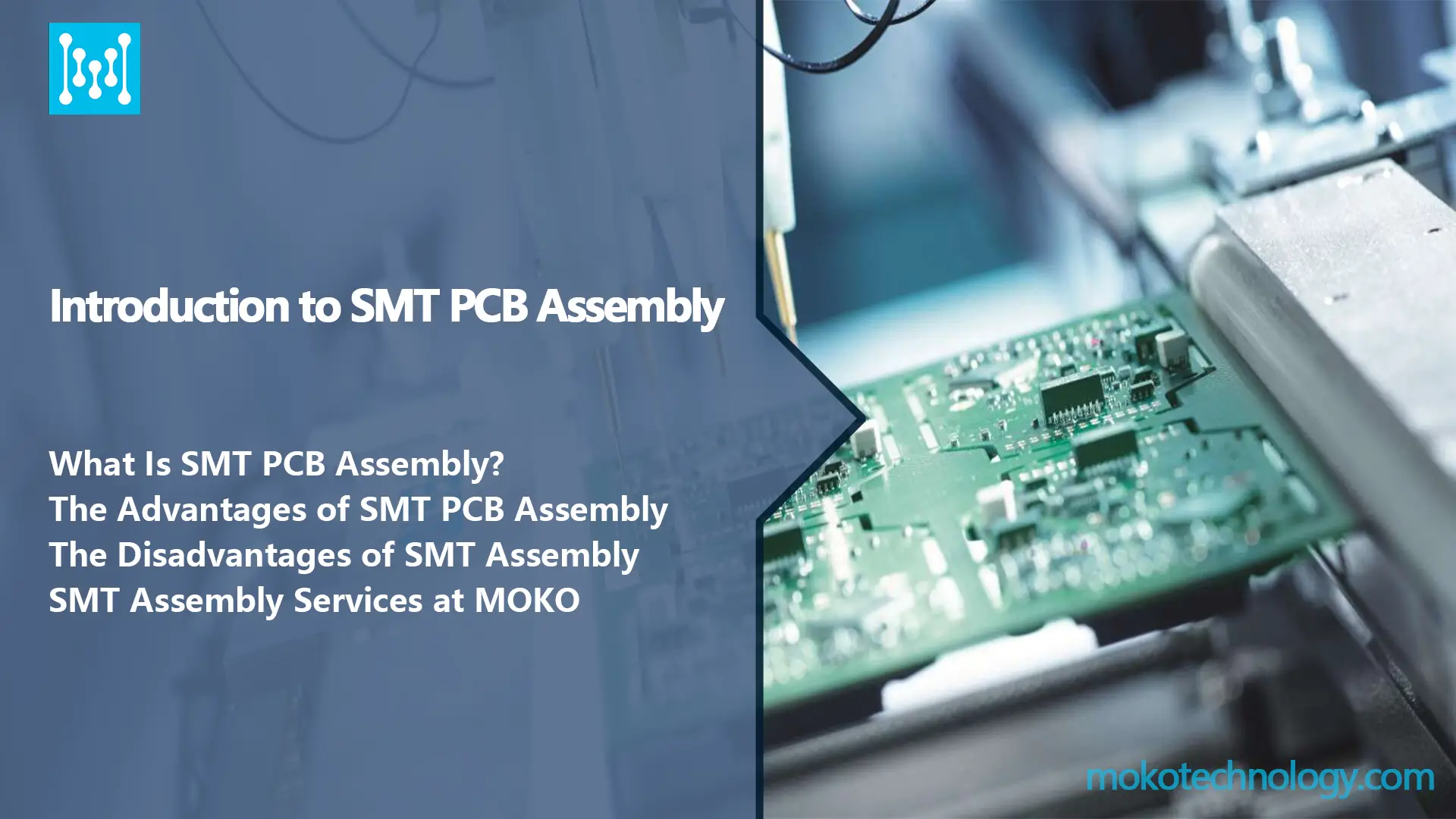Depends.
-Most commercial products do not have a conformal coating.
-PCBs of Industrial, especially military, may need additional protection from moisture and dust.
Manufacture of the PCBs may leave moisture in the fiberglass substrate. That would cause slippy operation towards units. The solution is to bake out the blank PCBs before soldering the parts on and spraying on a conformal coating to seal the analog electronics / PCB. Then calibrate the unit a few days later.
#PCB Assembly #Industrial



